Improve your oil paint brush stroke
5 tips for elevating your oil paint brush stroke – create different, interesting and textured effects.
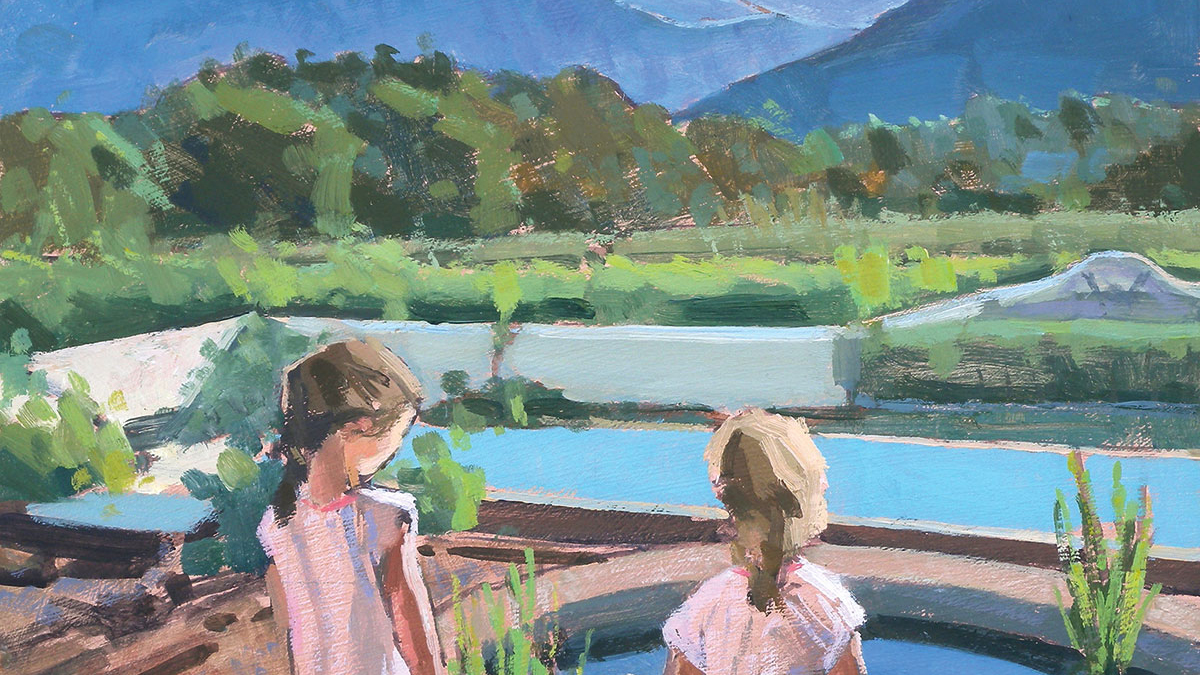
Improving your oil paint brush stroke will have a huge effect on your artwork. As oil paint is the idea medium for presenting interesting brushwork, learning how to vary it is crucial. Find your own style and you can define your work and give it a sense of personality, and even provoke a specific emotional response in the reader
While two paintings from different artists may have the same subject, composition, tones and colours, the individual brushstroke styles can convey totally different moods or emotions.
We share some tips that can help you improve and discover more about your own brushstrokes. To easily achieve strong, powerful brushstrokes, practise on small boards but keep standard size brushes. That way, a single brushstroke will have more of an impact. Want new brushes? Head over to our best paintbrushes for oils guide.
Tips for improving your oil paint brush stroke
01. Choose the right brushes and boards for oil painting
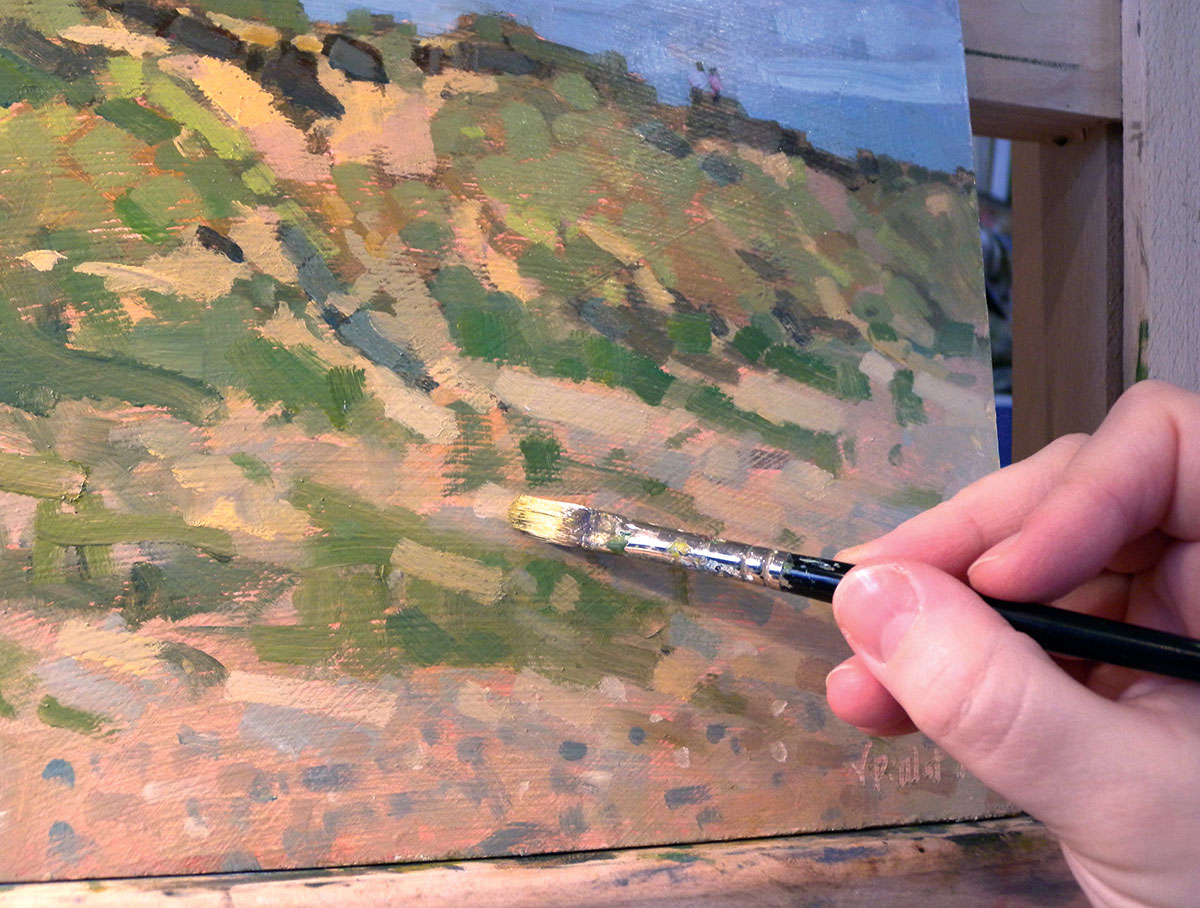
When choosing your paintbrushes, take into account the type of hair, the shape of the brush, and the length of the handle, all of which will affect the style of your brushstrokes. Brushes with rounded edges convey a feeling of softness in paintings, while sharp edges will give your paintings a stronger sense of energy.
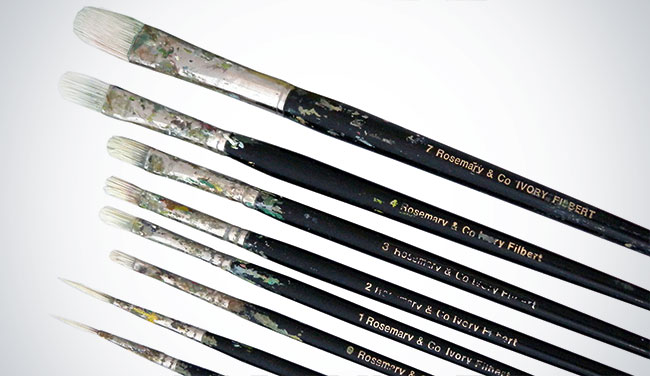
Your painting surface is also important. If you work with a dry, gritty, absorbent primer, your marks will turn into a dry and chalky glaze, and you will need to load your brush with lots of paint for the strokes to be thick and glossy. However, some pre-prepared canvases have a smooth surface, which means every brushstroke will be visible and glossy.
02. Remember that less is more
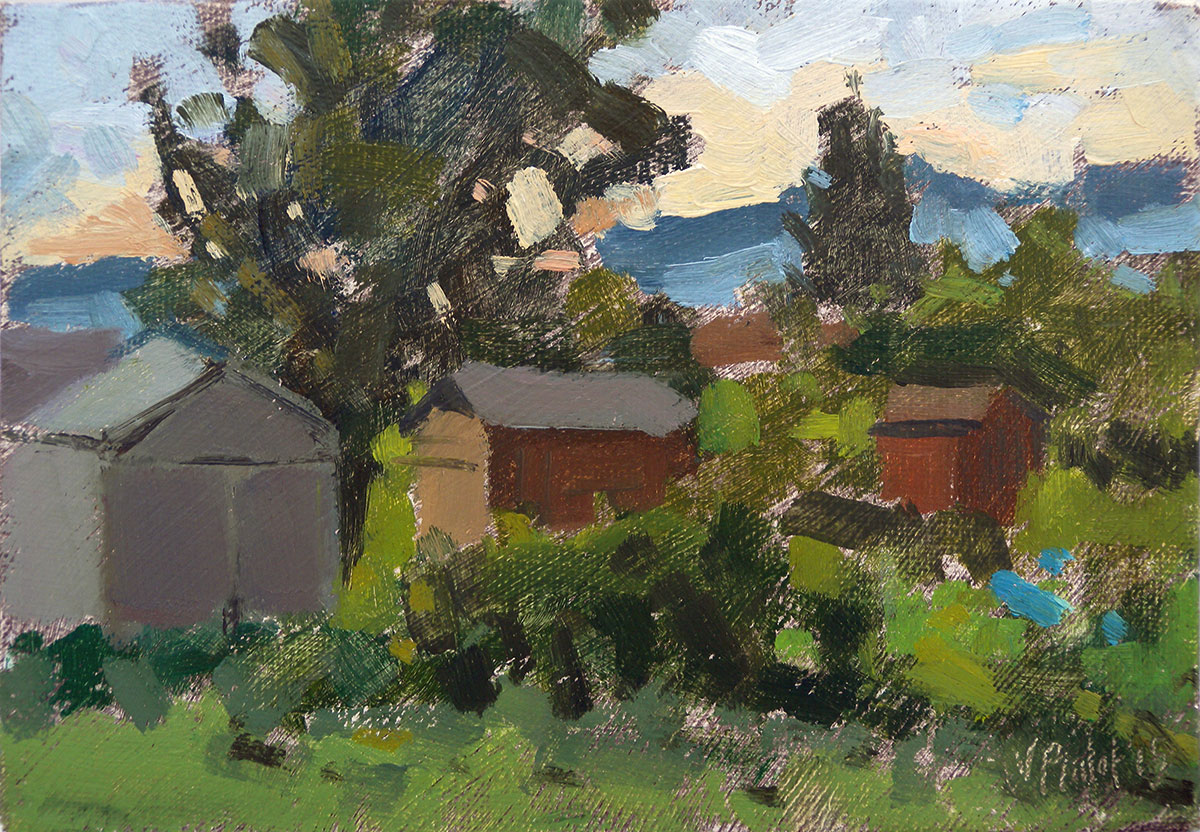
In order to achieve powerful brushstrokes, it's important to think before painting and to mean every mark. Use your arm rather than your wrist and be conscious of how you press your brush onto the canvas – and of how you release it.
If you're happy with a brushstroke, refrain from fiddling with it or duplicating it everywhere – it will only lose its originality and impact. Highlight the elements that matter with sharp marks and keep the rest more subtle.
Daily design news, reviews, how-tos and more, as picked by the editors.
03. Create a mood
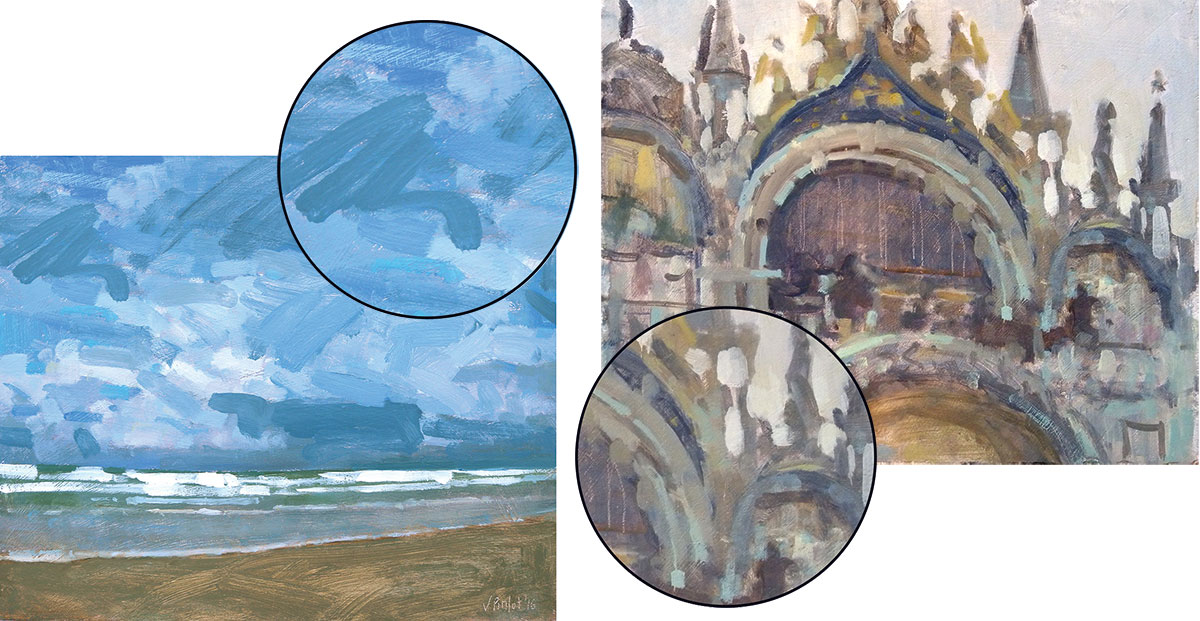
Use brushwork to give your artwork a mood and atmosphere. Think of the curved, twisted marks of Van Gogh or Munch in comparison to Monet's impressionistic touches or Rembrandt's dramatic highlights. Their work conveys a different feel, due to different brushstroke techniques.
Think of the mood you want to convey and adjust your brushwork accordingly. This works for weather, too – a blended, subtle brush application with soft edges depicts a light and misty day, while bold and sharp strokes can convey energy and power to depict a bright sunny day.
04. Depict texture
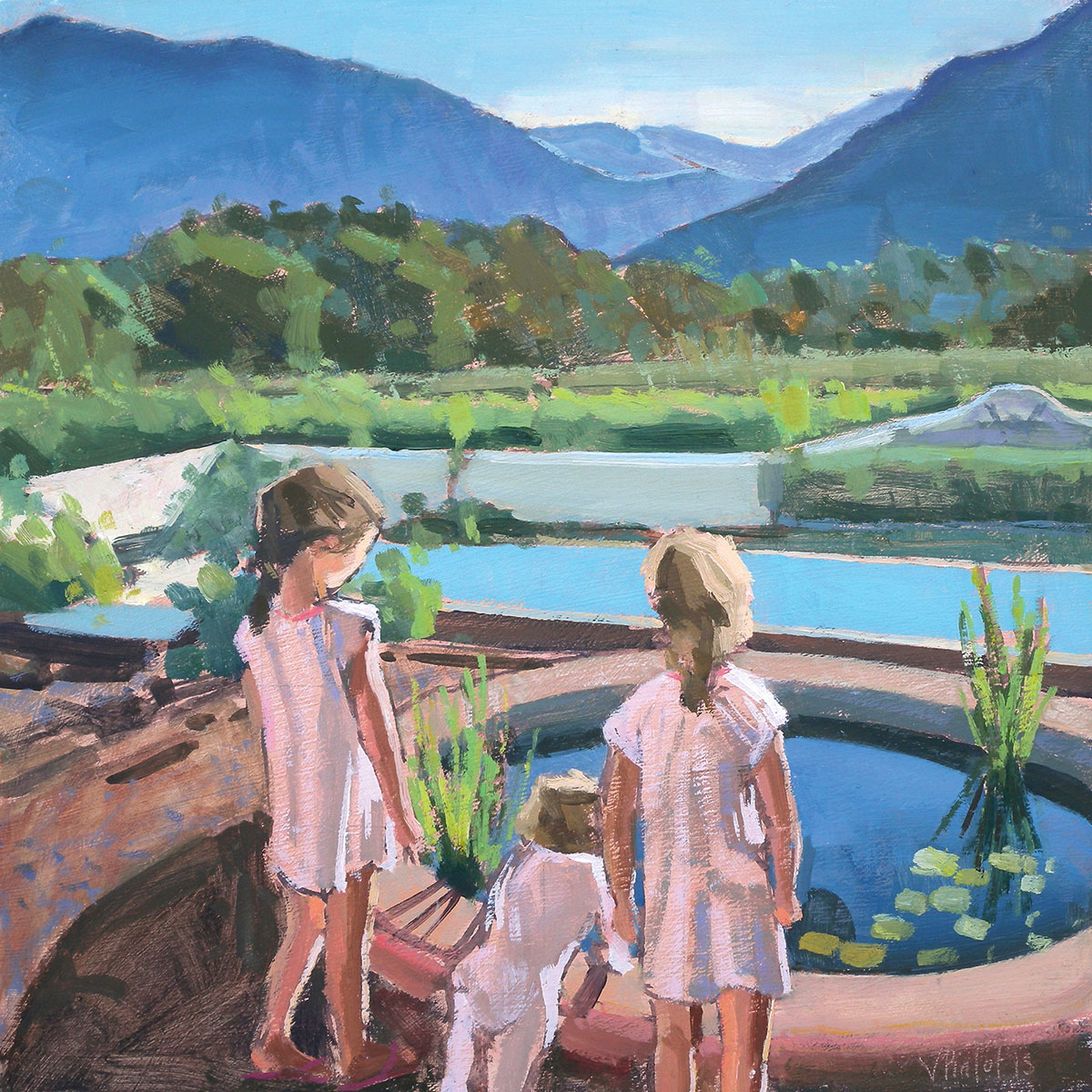
Brushstrokes can help describe texture. Smooth, blended brushmarks will describe still, silky water, while bold, directional marks are more suited to an agitated sea or rough parts of the landscape, such as trees, rocks or sand dunes.
Using different brushstroke styles between different elements will help bring your painting to life. The aim is to give texture and personality to every element. While doing this, try to be aware of the natural lines and curves of the landscape or still life you are painting and let the direction of your strokes flow like the lines you're observing.
05. Guide the gaze
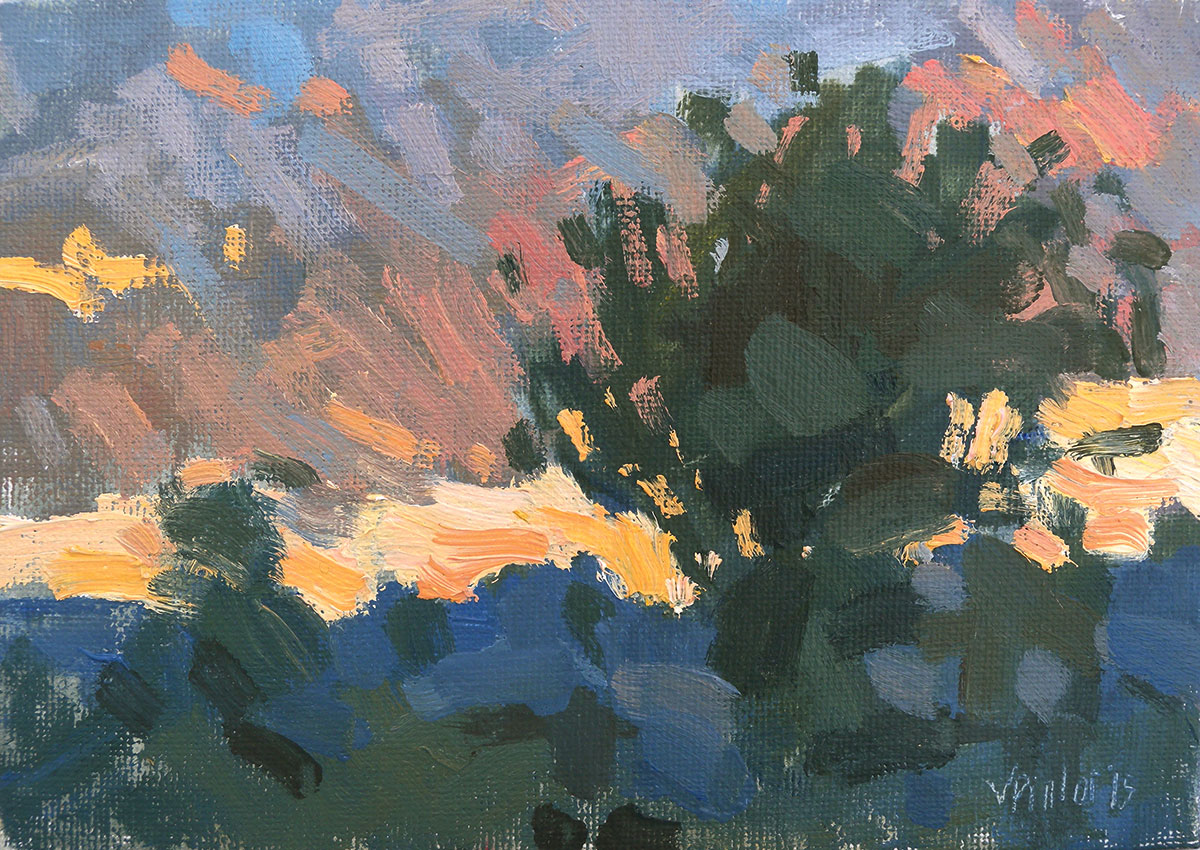
The direction of your strokes will have an impact on the feel and energy of your painting and can help strengthen your composition. Try directing several strokes towards the focal point of your painting, guiding viewers' gaze.
The thickness of strokes can also help focus attention. A sharp, thick mark will stand out more than a blended one. Try using less paint and a muted approach for the dark, less interesting areas of your painting, and save your outstanding brushstrokes for the lighter and more powerful parts.
This content originally appeared in Paint & Draw: Oils. You can buy the Oils bookazine here. Or explore the rest of the Paint & Draw bookazines.
Related articles:
- 10 tips for painting skin tones
- Mix more realistic-looking colours
- How to paint sunsets: Create the perfect coloured sky
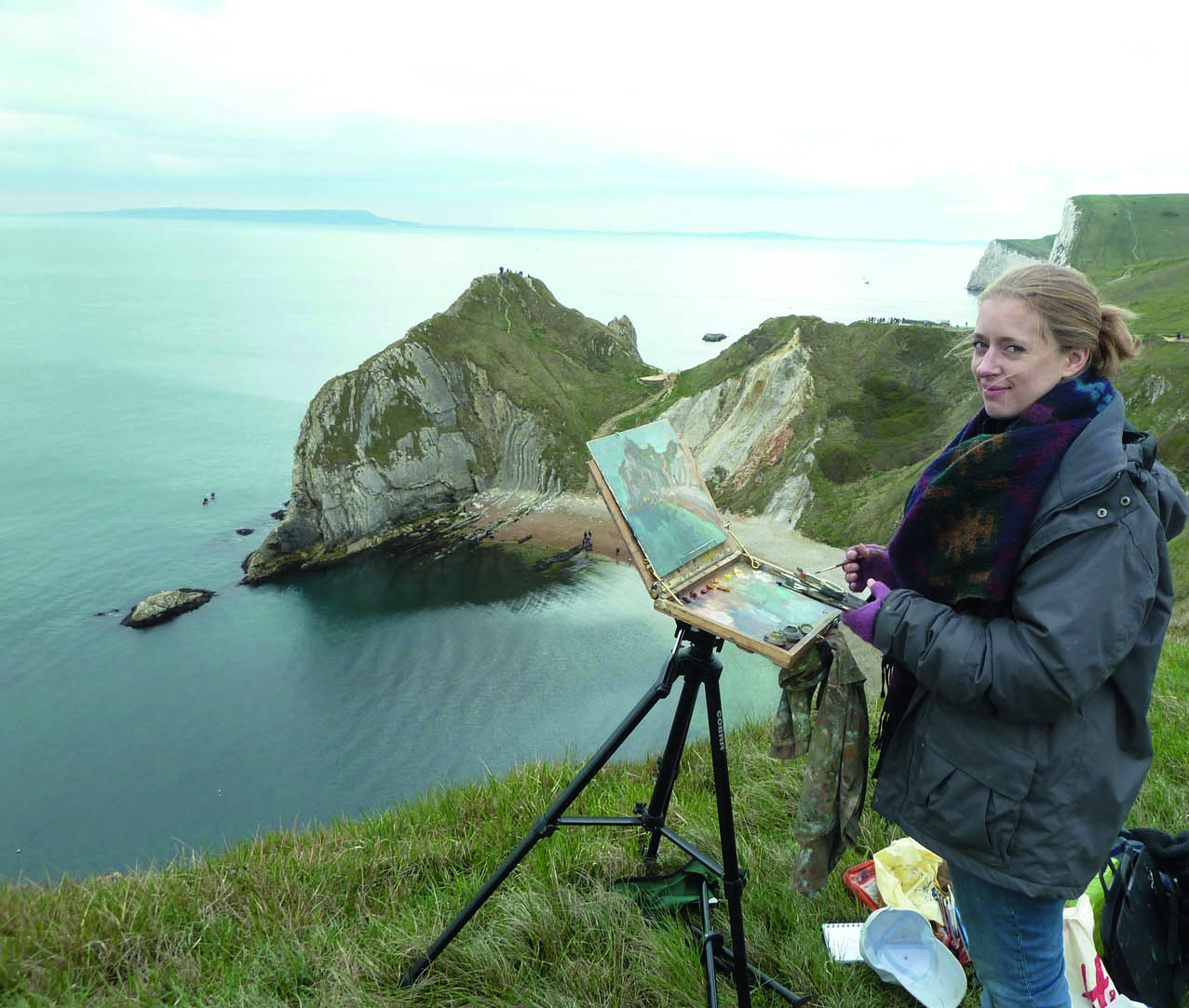
Originally from Belgium, Valérie has lived in the UK for the past 11 years. She works mainly in oils and enjoys working plein air.
